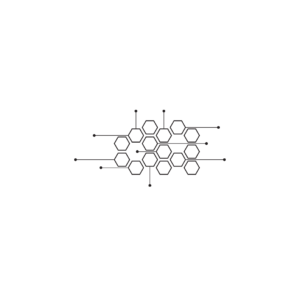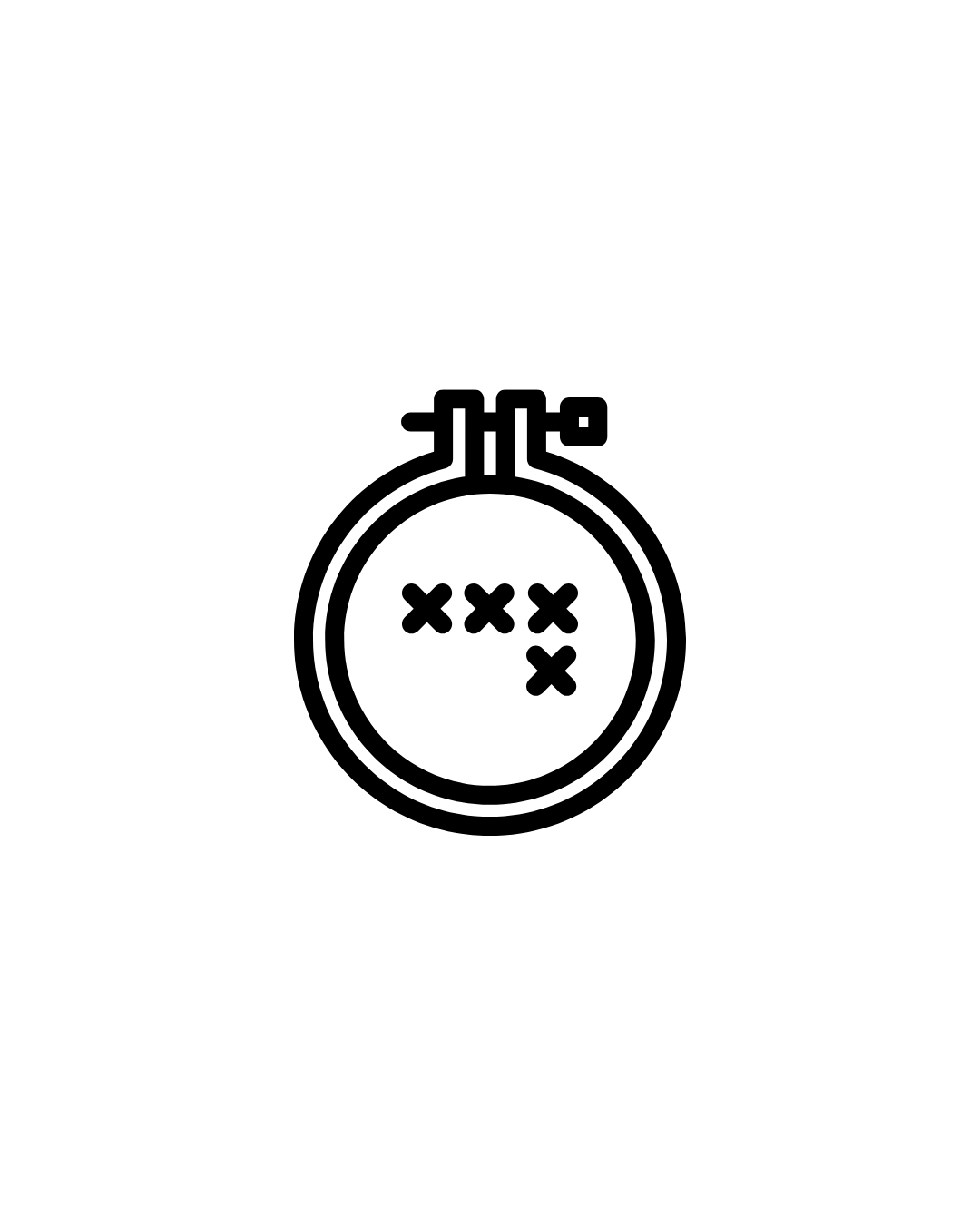Description
An Advanced Diploma in Garment Construction and Embroidery is designed for individuals interested in the fashion and textile industry, focusing on the technical aspects of garment making, along with the artistry involved in embroidery. This program typically combines practical skills with theoretical knowledge, providing a comprehensive understanding of textile construction techniques, design principles, and embroidery methods.
Course Details:
Duration: Typically 1 to 2 years, depending on the institution and program specifics.
Eligibility: Candidates usually need to have completed higher secondary education (12th grade) or possess relevant prior qualifications in fashion design, textiles, or a related field.
Mode of Study: Offered in full-time or part-time formats, incorporating hands-on practical experience, workshops, and projects.
Curriculum:
The curriculum for an Advanced Diploma in Garment Construction and Embroidery generally includes the following key areas:
1. Introduction to Fashion and Textiles
Overview of the Fashion Industry:
Understanding the fashion design process, the role of garment construction, and current trends.
Textile Science:
Basic principles of textiles, including fabric types, properties, and uses.
2. Garment Construction Techniques
Pattern Making:
Techniques for creating patterns based on design ideas and measurements.
Sewing Techniques:
Mastering basic and advanced sewing techniques, including seam types, finishing methods, and construction of various garment types (e.g., tops, skirts, dresses, pants).
3. Design and Draping
Fashion Design Principles:
Elements of design such as color theory, silhouette, and fabric selection.
Draping Techniques:
Skills for manipulating fabric on a dress form to create three-dimensional garment designs.
4. Embroidery Techniques
Introduction to Embroidery:
Overview of various embroidery techniques, tools, and materials used in the craft.
Hand Embroidery:
Techniques for hand-stitched embroidery, including basic stitches, decorative patterns, and applications on garments.
Machine Embroidery:
Learning to use embroidery machines for creating intricate designs on fabric.
5. Garment Finishing
Finishing Techniques:
Techniques for finishing garments, including hemming, lining, and adding closures (zippers, buttons, etc.).
Quality Control:
Ensuring that garments meet industry standards for quality and fit.
6. Fashion Illustration and Technical Drawing
Illustration Skills:
Techniques for sketching fashion illustrations and creating technical drawings to communicate design ideas effectively.
Computer-Aided Design (CAD):
Introduction to software used in fashion design and garment construction.
7. Sustainability in Fashion
Sustainable Practices:
Understanding the importance of sustainability in the textile industry, including eco-friendly materials and ethical production methods.
Upcycling and Repurposing:
Techniques for repurposing fabrics and garments to reduce waste.
8. Fashion Marketing and Entrepreneurship
Marketing Strategies:
Basics of branding, marketing, and promoting garment collections.
Entrepreneurial Skills:
Skills necessary for starting and managing a fashion-related business.
9. Practical Projects and Workshops
Hands-On Experience:
Engaging in various projects, including creating complete garments with embroidery, showcasing skills to potential employers.
Collaboration:
Working on group projects to simulate industry teamwork dynamics.
10. Capstone Project or Internship
Practical Application:
A final project or an internship that allows students to apply their knowledge and skills in a real-world setting, creating a portfolio of work.
Assessment:
Assessment methods in this program may include:
Project Work:
Designing and constructing garments and embroidery pieces as part of hands-on assignments.
Written Assignments:
Research papers or design documentation explaining techniques used and design choices made.
Examinations:
Testing knowledge of garment construction, embroidery techniques, textile properties, and fashion theory.
Career Opportunities:
Graduates of the Advanced Diploma in Garment Construction and Embroidery can pursue various career paths, including:
Fashion Designer: Creating original clothing designs and collections, including garment construction and embellishment.
Pattern Maker: Developing patterns for garments based on design specifications.
Embroidery Specialist: Focusing on embroidery techniques for fashion, home textiles, and accessories.
Costume Designer: Designing and constructing costumes for theater, film, or television.
Textile Artist: Creating unique textile art pieces, incorporating various fabric manipulation and embroidery techniques.
Entrepreneur: Starting a fashion label or boutique specializing in custom garments and embroidered products.
This advanced diploma program is ideal for individuals with a passion for fashion and textiles, providing them with the skills and knowledge to thrive in the dynamic fashion industry. If you have any further questions or need more information, feel free to ask!









